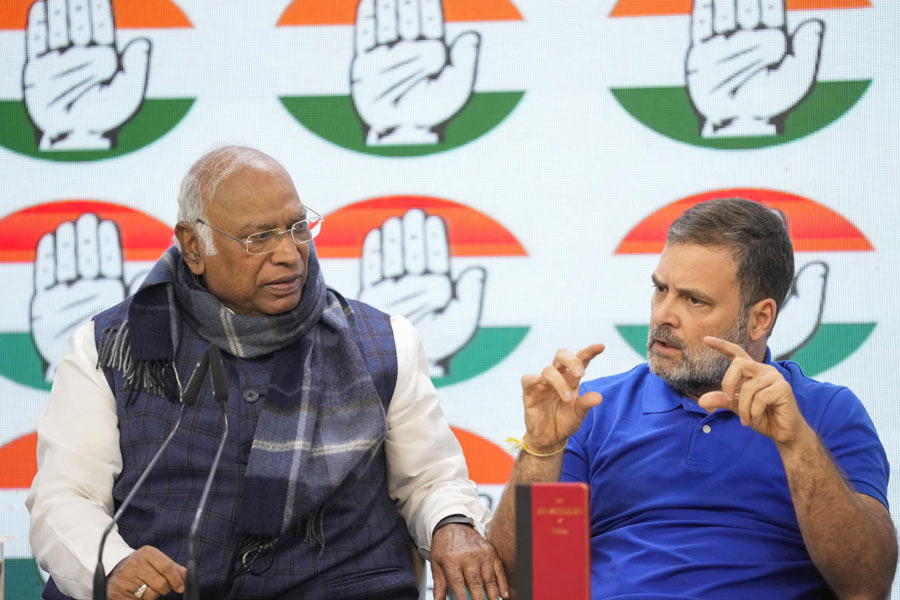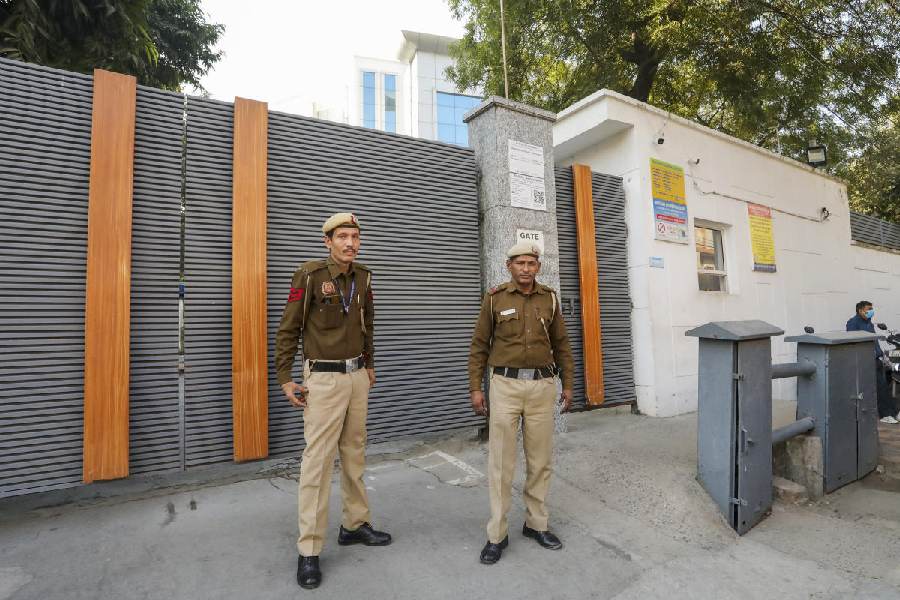|
|
| Conflict and alliance |
THE MAKING AND UNMAKING OF EMPIRES: BRITAIN, INDIA AND AMERICA c.1750-1783 By P.J. Marshall, Oxford, Rs 695
In the second half of the 18th century, Britain lost control over the American continent. Simultaneously, London acquired control over the Indian subcontinent. Following the methodology of cross-cultural history, P.J. Marshall links British imperial contraction west of the Atlantic with imperial expansion north of the Indian Ocean. Marshall notes both the similarities and dissimilarities in Britain?s trans-oceanic encounters around the globe.
Marshall starts with the argument that 18th century-Britain was an aggressive militarist state. Resources generated by long distance maritime trade financed British imperial projects. This assumption is in line with John Brewer?s argument that the post-Stuart British state did display fiscal-militarism and was as aggressive as Frederick?s Prussia. Marshall adds that the expansion at the peripheries was not merely due to the greed of the traders and cultivators stationed within the British enclaves in South Asia and in North America.
Here it is possible to simplify Marshall?s argument to the point that empire building by a European maritime state in extra-European hinterland was possible if only collaboration of the ?native? elites was forthcoming. The British empire in South Asia, writes Marshall, was possible because the indigenous elites also participated in the process of imperial expansion and consolidation. On the other hand, asserts Marshall, the British imperial state disintegrated in North America because the white elite, born and brought up in America, decided that they would gain more by staying out of London?s imperial fabric.
As far as the Indian scenario is concerned, one smells of the Cambridge School argument in Marshall?s contention that the British Empire in India was not merely an alien body grafted on indigenous society but a collaborative project between the British entrepreneurs and indigenous commercial groups. Marshall builds on the neo-colonial argument that the British imperium was a shadowy state, a sort of night watchman polity, unable and unwilling to penetrate into the depths of complex Indian society.
Marshall says that neither in India nor in America was there any groundswell of nationalistic opposition to the British overseas state. He puts forward evidence to show that while some American elite opposed London?s control over the thirteen white colonies along the eastern seaboard of the Atlantic, several notables within the white colonies of North America supported the parliament in London. Like Jeremy Black, Marshall claims that British defeat in North America was not preordained.
One point missed by Marshall is that while in India, the principal opposition to the British imperial project came from indigenous powers; in North America the dominant players against the British were the resident white men. The Red Indians play a marginal role in Marshall?s narrative.
To sum up, one need not agree with Marshall?s conclusion but his masterly survey cutting across the continents is mind-boggling. We have treated histories of different regions within constructed national boundaries for too long. Marshall?s construction of interconnections in the historical evolution of different continents opens up new dimensions for future historians.











